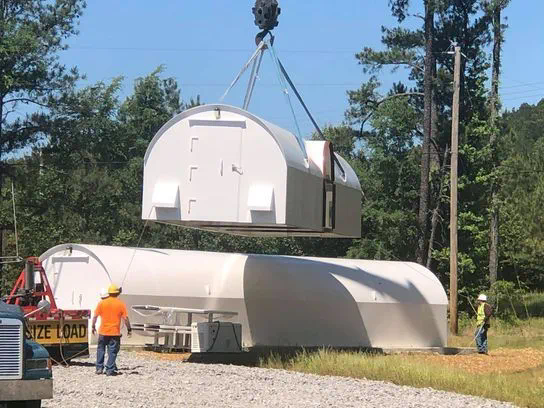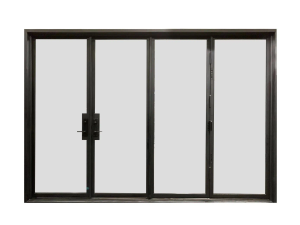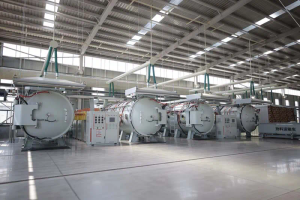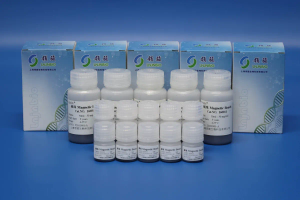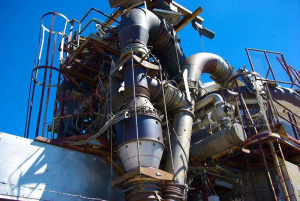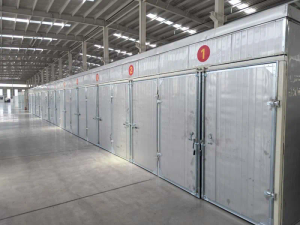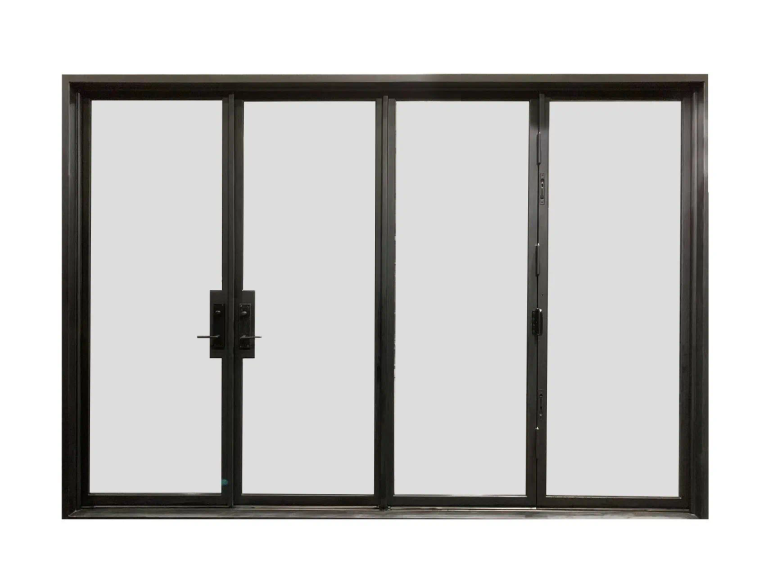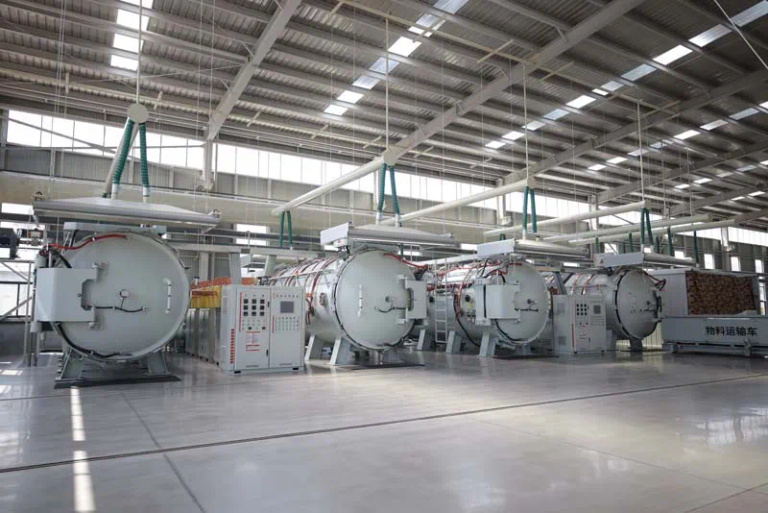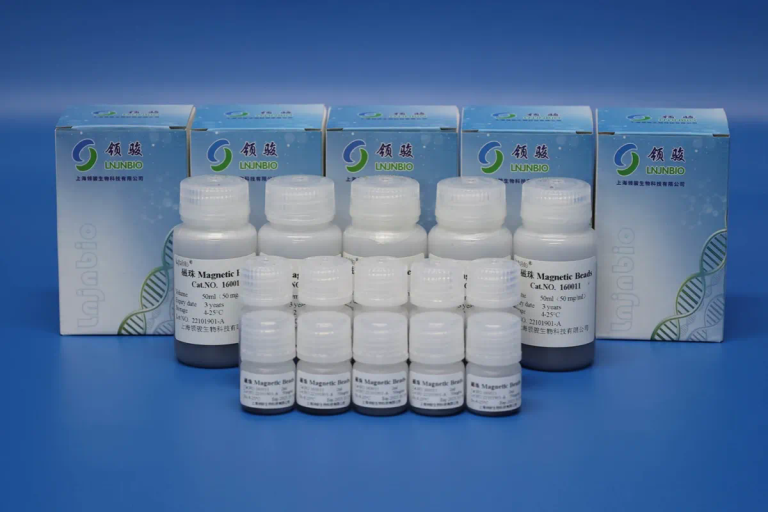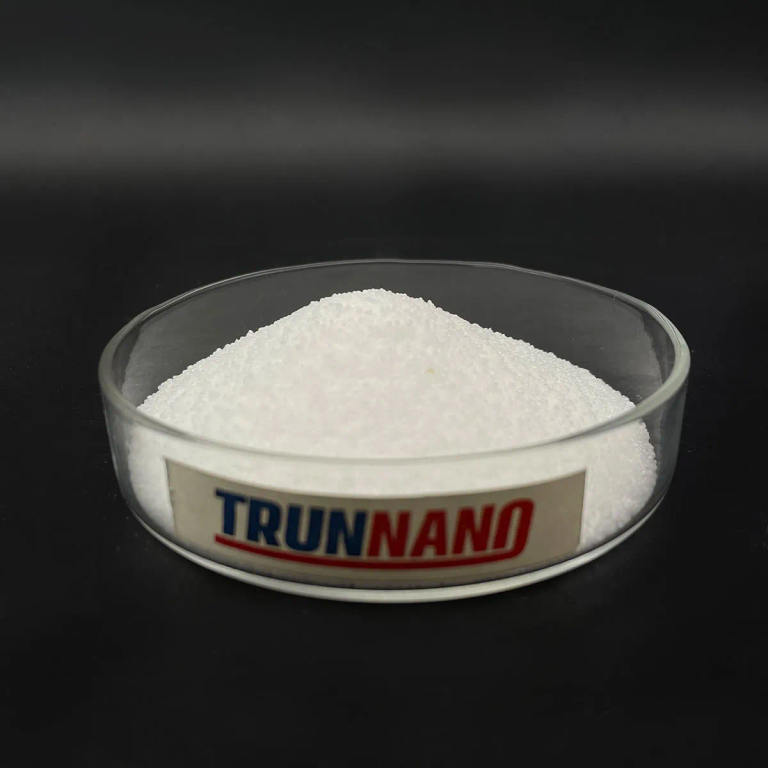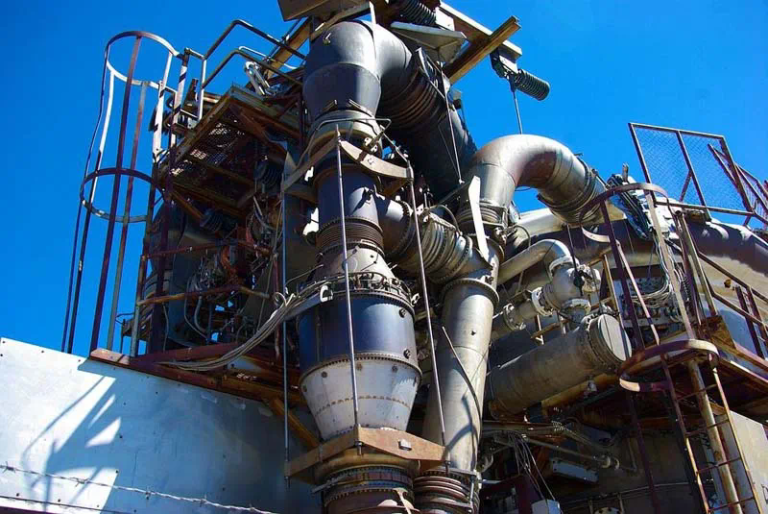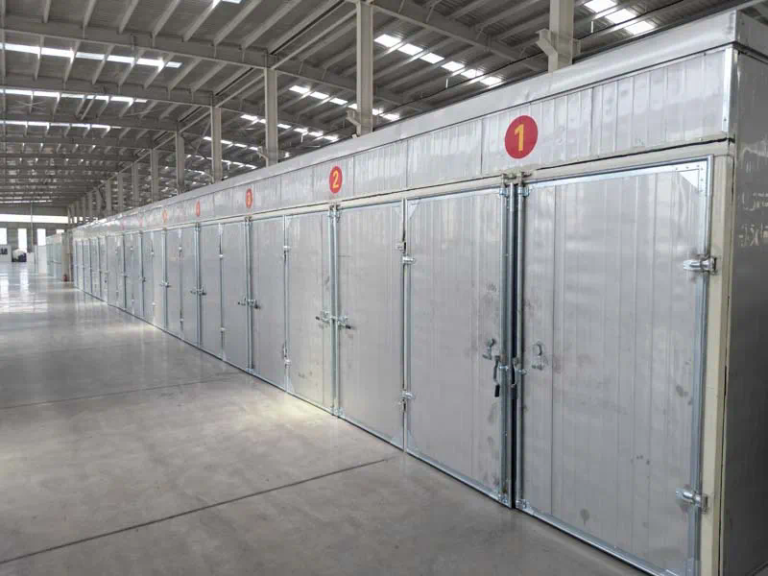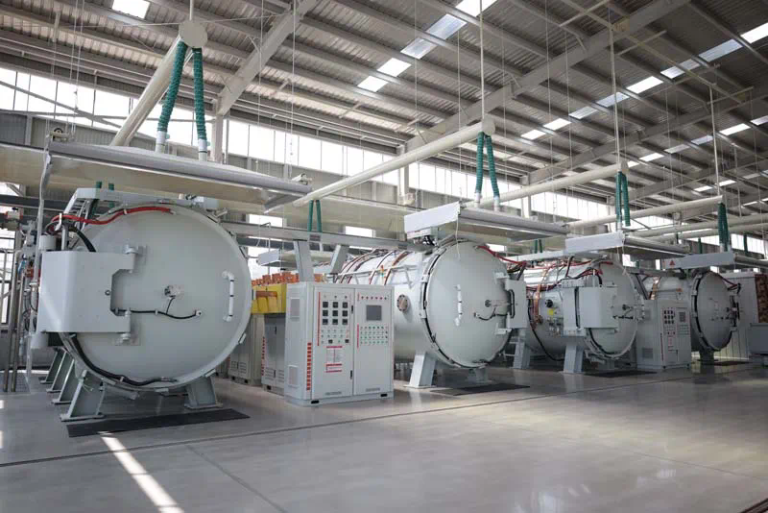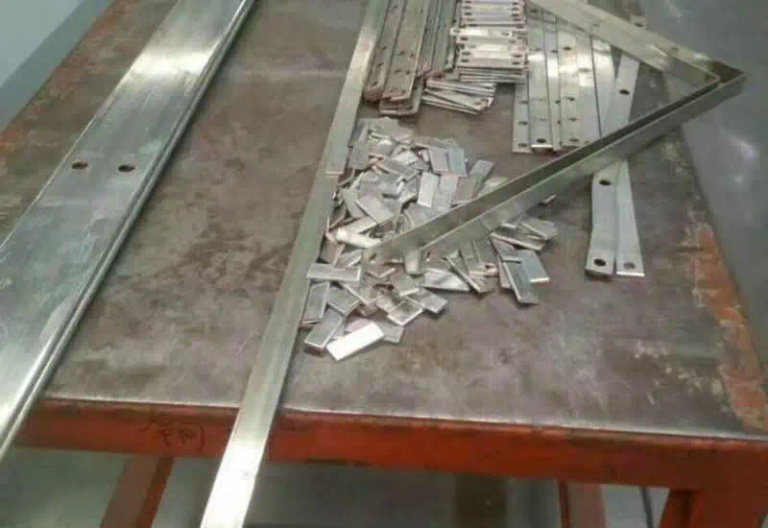Glass lined reactors are essential equipment in chemical and pharmaceutical industries, providing a robust and versatile solution for various chemical processes. Selecting the right size and capacity of a glass lined reactor is crucial to ensure optimal performance, safety, and efficiency in operations. This comprehensive guide explores key factors to consider when choosing a glass lined reactor, offering detailed insights into sizing, capacity considerations, and practical recommendations.
Factors Influencing Glass Lined Reactor Size Selection
When determining the appropriate size of a glass lined reactor, several factors come into play:
1. Process Requirements
Understanding the specific process requirements is fundamental. Factors such as reaction volume, temperature range, pressure conditions, and reaction kinetics play a critical role in selecting the reactor size. For batch processes, the reactor volume should accommodate the batch size while allowing sufficient headspace for effective mixing and heat transfer.
2. Vessel Geometry
The geometry of the reactor vessel influences its size and capacity. Typical geometries include cylindrical, spherical, and conical shapes. Each geometry offers distinct advantages in terms of mixing efficiency, thermal distribution, and ease of cleaning. The choice of geometry should align with the process requirements and operational objectives.
3. Heating and Cooling Requirements
Effective heat transfer is vital for maintaining optimal reaction conditions. The reactor size should consider heating and cooling mechanisms, such as jacketed designs or internal coil configurations. Larger reactors may require more robust heating or cooling systems to ensure uniform temperature distribution throughout the reaction mixture.
4. Safety and Operational Considerations
Safety is paramount in reactor design. The size should account for safety margins, allowing for controlled reaction kinetics and preventing potential hazards such as thermal runaway or excessive pressure build-up. Operational considerations, such as accessibility for maintenance and cleaning, also influence the reactor size selection.
Capacity Considerations for Glass Lined Reactors
In addition to size, capacity plays a significant role in reactor selection:
1. Batch vs. Continuous Processes
The capacity of the reactor determines its throughput capabilities. Batch processes require reactors with sufficient volume to accommodate individual batches, whereas continuous processes may necessitate larger reactors capable of continuous operation. Capacity considerations should align with production schedules and process demands.
2. Scalability
The scalability of the reactor is crucial for future expansion or modifications. Choosing a reactor size that allows for scalability ensures flexibility in adapting to changing production requirements or process optimizations. Factors such as reactor volume, mixing efficiency, and residence glass lined stainless steel reactor time influence scalability considerations.
3. Product Variability
Reactor capacity should account for variations in product formulations or production cycles. Flexibility in reactor size allows for accommodating different product volumes or batch sizes without compromising operational efficiency. Considerations such as multi-purpose designs or modular configurations enhance versatility in handling diverse product ranges.

Practical Recommendations for Selecting Glass Lined Reactors
Based on the above factors, here are practical recommendations for selecting glass lined reactors:
1. Conduct Comprehensive Process Analysis
Before selecting a reactor size, conduct a thorough analysis of the process requirements, including reaction kinetics, thermodynamics, and safety considerations. Collaborate with process engineers glass lined reactor suppliers to evaluate critical parameters and identify optimal reactor specifications.
2. Consider Future Expansion Needs
Anticipate future growth and scalability requirements when choosing the reactor size and capacity. Select a size that allows for expansion or modifications without extensive redesign or investment in new equipment. Modular designs or flexible configurations facilitate adaptation to evolving production demands.
3. Evaluate Operational Efficiency
Assess the operational efficiency of the reactor size in terms of energy consumption, maintenance requirements, and productivity gains. Optimize reactor design to minimize downtime, enhance process control, and maximize resource utilization throughout its operational lifespan.
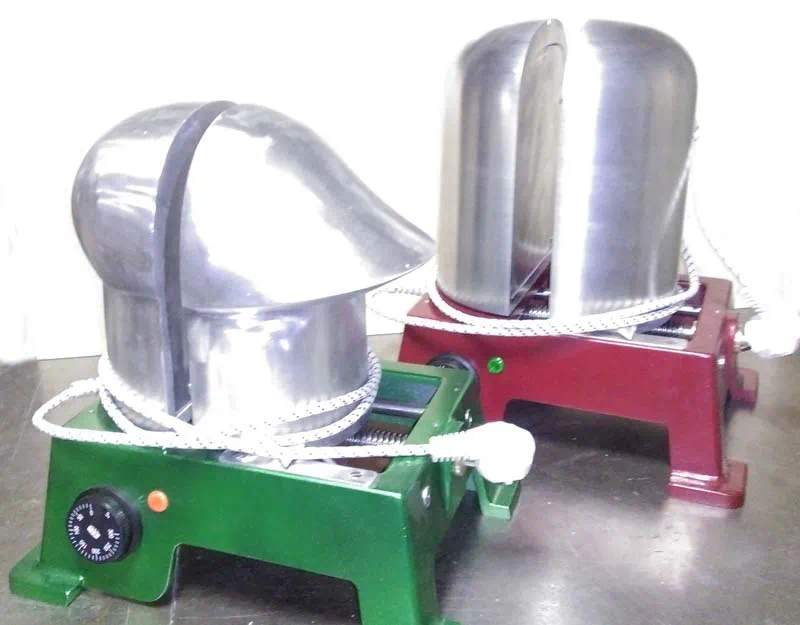
Conclusion
Choosing the right size and capacity of a glass lined reactor involves careful consideration of process requirements, safety factors, and scalability considerations. By aligning reactor specifications with operational objectives and future growth plans, industries can achieve optimal performance, efficiency, and safety in chemical processing applications.
This guide provides a foundational framework for selecting glass lined reactors, emphasizing the importance of thorough analysis, practical considerations, and strategic planning in reactor design and implementation.
